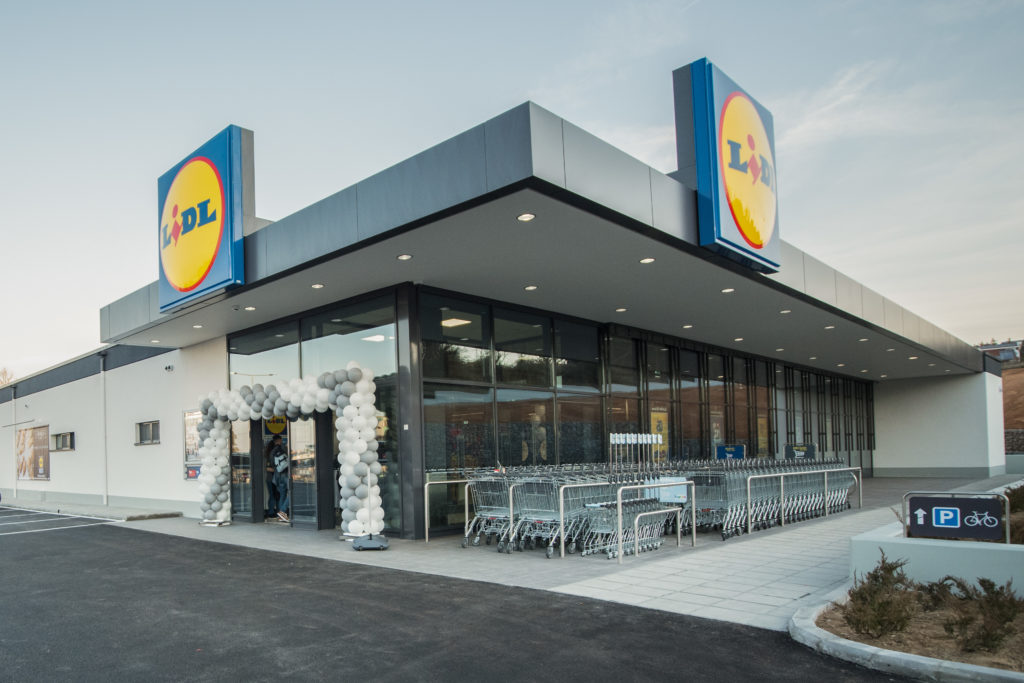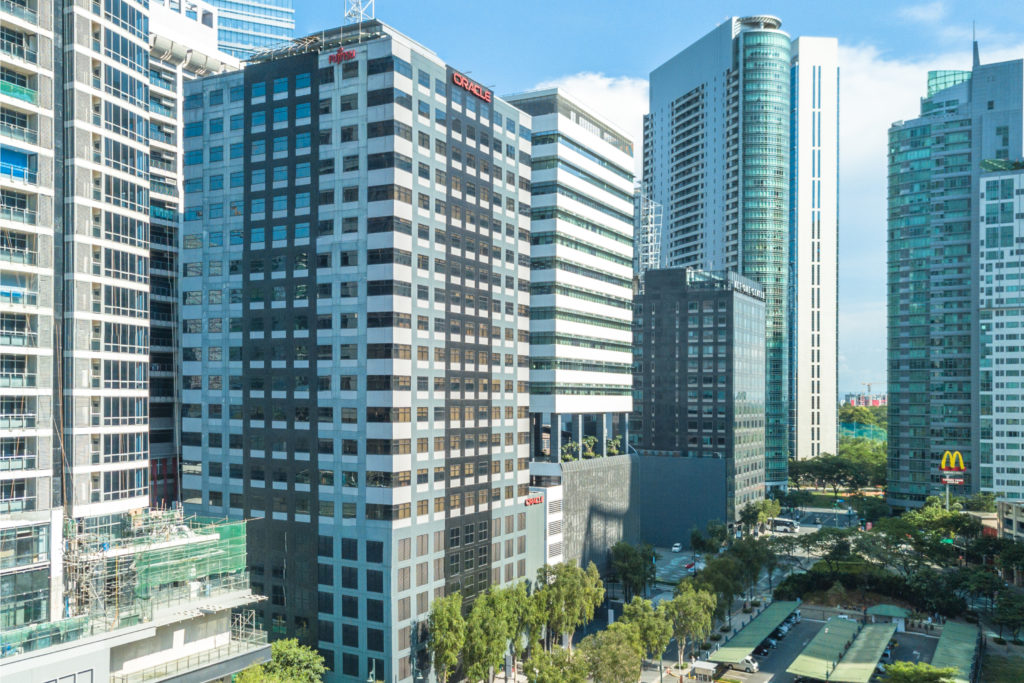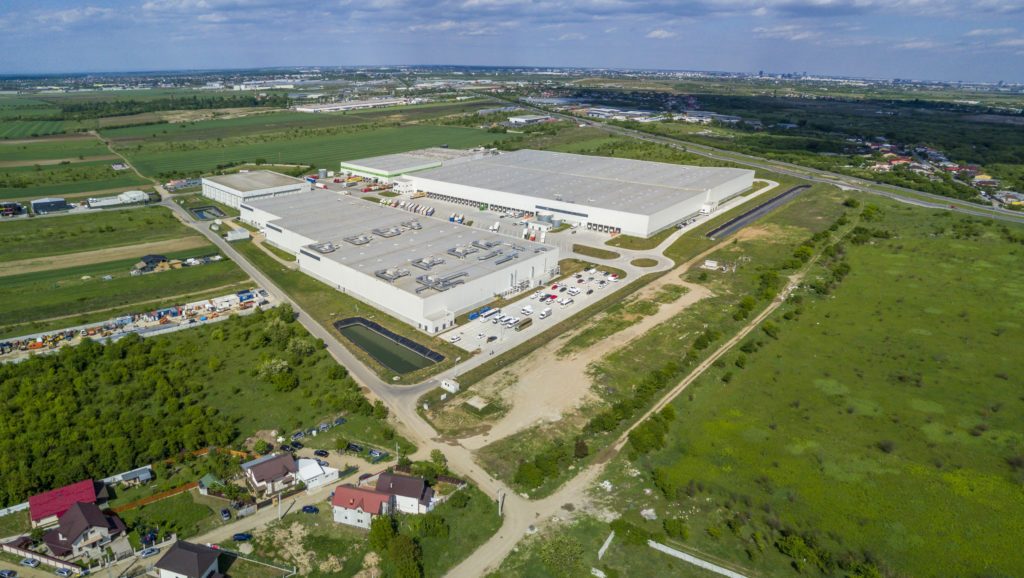Buildings and the construction sector account for almost 40% of global carbon emissions. The sector represents the largest single resource footprint globally, with over 38.8 billion tons of materials and natural resources used yearly.
75% of buildings in existence today will still be existing in 2050, whilst for new builds, over the next 40 years the world is expected to build 230 billion square metres in construction. Reaching net zero carbon emissions by 2050 requires mass decarbonisation of the built environment.
That’s where you come in. As a building owner or operator of a portfolio of buildings, your job is to look across your assets and determine how to reduce the impact of each building.
But what are factors should you consider when looking at decarbonising your portfolio of buildings?
A key reason to prioritise decarbonising your building portfolio is to reduce the risk of non-compliance and devaluation of the properties in your estate. Governments are already making their energy and building legislation more stringent, and any country that has signed the Paris agreement will at some point have to make net zero buildings mandatory to achieve their carbon reduction goals.
Net-zero buildings are also increasing in market demand as awareness of the climate crisis grows. Many companies are setting their own sustainability and emissions reductions targets and so implementing a net zero strategy is attractive to those companies who are looking at renting or buying buildings that can help them reach their own ESG targets.
There is also growing tendency for financiers to seek out investments that account for climate risk and back projects that can make a proven contribution to reducing impact. A green portfolio indicates to investors how a business is future proofing against the climate emergency.
Convinced yet? The next step is to figure out how to do it
Decarbonising your building portfolio may feel like a daunting task but it doesn’t have to be. In fact, the steps are quite simple. We have seen success globally from clients who have decided to decarbonise their portfolios of both existing and new buildings.
The following steps show that improving the efficiency of your building is not as complicated as it may seem.
Measure the impact of your portfolio
You can’t set a strategy without knowing the impact of your buildings. If they are existing buildings, you need to quantify the impact of your buildings to evaluate where you are and establish where you need to get to. If they are new buildings, you need to make sure the impact of your designs is as low as possible.
The perception of greening your buildings is that it is a complex and time-consuming process with large amounts of data gathering and consultancy fees required. What people often forget is that there are many available tools in the market, including IFC’s free EDGE App, which make it simple to do the work.
With the EDGE App, which is entirely free to use, you can enter information on your buildings and assess the environmental impact of your existing building or of your proposed design. This is then compared to a local baseline, which uses data collected by IFC from local building codes, climactic data and typical utility costs to allow you to compare your buildings against a local benchmark.
Once you understand the process for improving one building you can input the information to improve your entire building stock. The EDGE App was designed to implement green buildings at scale. Within the EDGE App the functionality of the online assessment platform allows for replicability, reducing the workload needed for each assessment, making it easier to manage when dealing with large scale portfolios. Having a local baseline for comparison in all countries across the world and all building typologies means that a green building strategy can be implemented whatever your building stock looks like.
Plan:
Once you have an understanding of the impact of your portfolio, you can plan the actions that will help to reduce its carbon impact. Not sure where to start? The EDGE App lists everything you can do to improve the efficiency of the buildings. You can also use the cost functionality to understand how to find the best measures that maximise the efficiency of the buildings and at the best cost.
At this stage, it is important to remember that decarbonising building is not about offsetting the impact of the building but through reducing the energy demand. Improving the buildings’ efficiency should always be your starting point, then utilising renewables and finally using offsetting as a last resort.
By taking a portfolio approach, you can start to identify opportunities across a series of buildings for improvements and find efficiencies of scale. For example, the cost of upgrading materials will be reduced when materials are purchased at scale. Setting out a plan that has clear milestones for emissions reductions, as well as the appropriate costs, over the next decade can help provide you with a roadmap to zero that can be presented internally and externally.
Validate:
The planning stage will help you identify how to reduce your carbon impact and the costs involved to implement your plan at scale. Whilst it takes a while to implement a big strategy across a portfolio of buildings, using the EDGE App will show your progress along the way and you can certify milestones.
The EDGE certification process offers two certificates: a preliminary certificate for a design and a post-construction certificate. The preliminary certification stage is valuable for clients looking to access green finance as using an independent third-party certification for your building at the design stage will improve investor confidence in your sustainability claims. The preliminary certification can also be used for a retrofit project to validate a retrofit design meets the EDGE standard, as our client NEO did in the Philippines.
Companies taking a portfolio approach can find value in implementing a certification process to capture annual progress on the portfolio, including validating and certifying new designs of buildings, as well as certifying retrofit and new construction projects. This allows you to gain recognition for your work without waiting for the whole portfolio project to finish, which may take several years.
The EDGE App will also provide the quantifiable data on the impact of your building design, so it is easy to use the information and integrate it into your CSR and ESG reporting, clearly marking your emissions reductions and the steps you are taking moving forward.
Taking a portfolio approach makes business sense. It is more efficient than greening one building at a time, both in terms of the effort required to deliver the work as well as the actual costs associated with it.
Many of our clients across the world have adopted the approach and achieved significant business benefits, with many using EDGE to access green finance.

Lidl Hellas:
Buildings certified: 229
Region: Greece
Typology: Retail
Total floor area: 507,667 m²
Certification level: EDGE standard plus flagship store EDGE Zero Carbon
Finance accessed: Yes

NEO Offices:
Buildings certified: 7
Region: Philippines
Typology: Offices
Total Floor area: 289,375m2
Certification Level: EDGE Zero Carbon
Finance accessed: No

WDP:
Buildings Certified: 48
Region: Romania
Typology: Warehouse
Total Floor area: 1,080,151m2
Certification Level: EDGE Standard
Finance accessed: yes
The need to decarbonise our buildings has never been greater. If we are to mitigate the impacts of climate change, every building must be green. Many companies around the world have made net zero commitments. To start achieving this, implementing a sustainability strategy for your building portfolio is a good place to start.
Learn more contact us at edge@sintali.com





